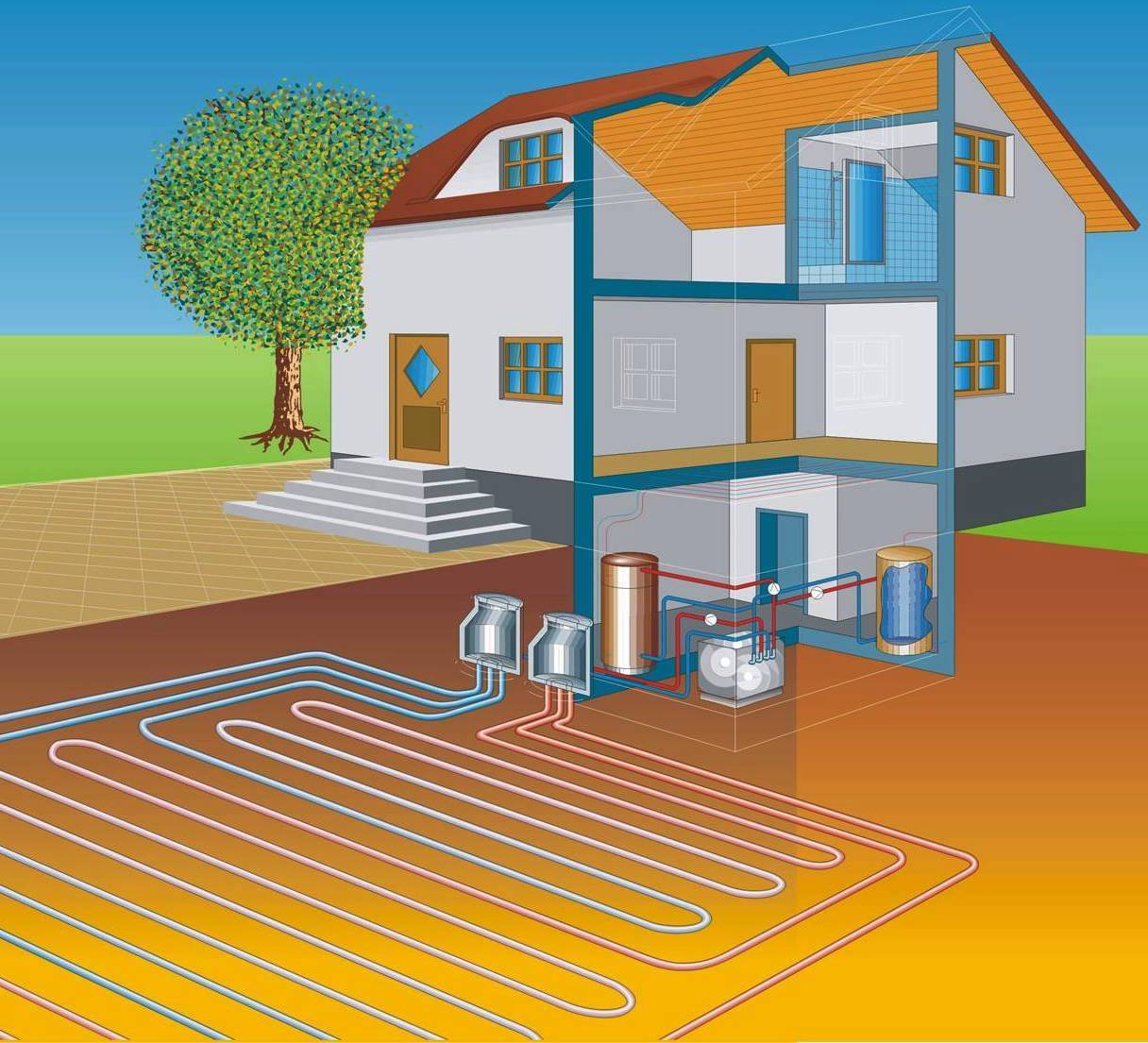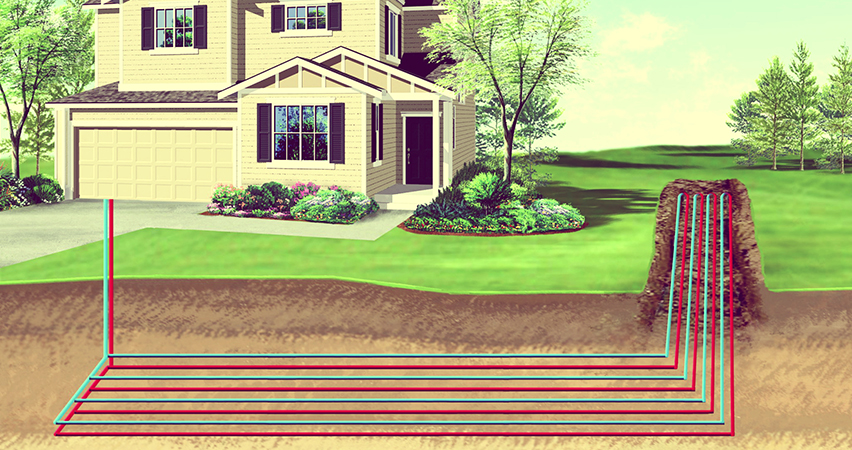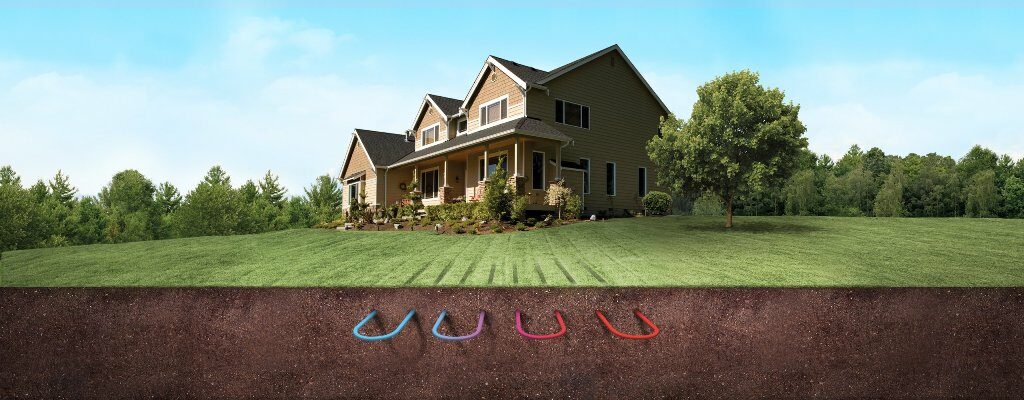Modern technology has provided many alternatives to traditional heating and cooling methods like the air conditioner. One option is the geothermal heat pump. This eco-friendly machine is efficient, energy-saving, and easy to maintain. Let’s find out more below.
What is a Geothermal Heat Pump?
A geothermal heat pump is a renewable energy transfer system which transmits energy to and from a house using an underground system of pipes. It carries energy from the earth’s surface into your home for the purpose of cooling or heating it. The geothermal unit is comprised of an indoor unit, a polyethylene earth loop, and a pump to a re-injection well.
How It Works

A geothermal heating and cooling systems consists of three main parts:
- The heat pump unit: This extracts the heat either from the ground or from the house, depending on the season.
- The heat-exchange unit: This consists of a network of pipes, through which water circulates to transfer heat to or from the house. In the winter, this water may be mixed with anti-freeze.
- The air-delivery unit: This transfers the cooled or heated air into the home.
Types of Geothermal Heat Pumps

There are two main types of geothermal heat pump systems:
- Open loop system: This is the least common type. It uses water as the heat exchange mechanism and is therefore suitable in homes with wells or boreholes.
- Closed loop system: The system uses underground piping. The three types are:
- Vertical loop – The vertical loop system is used where there isn’t a lot of land. The land is drilled at least a 100 feet down, and two connected pipes are placed in the trench.
- Horizontal loop – Layered pipes are placed into a six-foot deep trench. This system is used when there is a large parcel of land available and is therefore cheaper to install than a vertical loop.
- Pond system – This system buries a network of pipes beneath a water source to transfer heat from that source to your home. It is the cheapest option available.
Pros and Cons

A geothermal heat pump has many advantages. First, it has near zero emissions and so is a green source of energy. Generally, this improves the quality of your indoor air. Also, it uses one unit of energy to transfer up to five units of heat into a home, making it an efficient source of energy transfer.
Furthermore, geothermal heat pumps have significantly less operating costs, saving as much as 60% more than other cooling/heating systems.
Moreover, geothermal heat pumps are noiseless, require low maintenance and have a long life span of 25 years, compared to 15 years for traditional systems.
On the other hand, geothermal heat pumps are quite expensive to install. Costs can be as high as $30,000, over 40% more than a conventional system. However, over time you can recoup this cost in energy savings.
Now that you’ve discovered what the geothermal heat pump is and how it works, consider purchasing one for your home.






